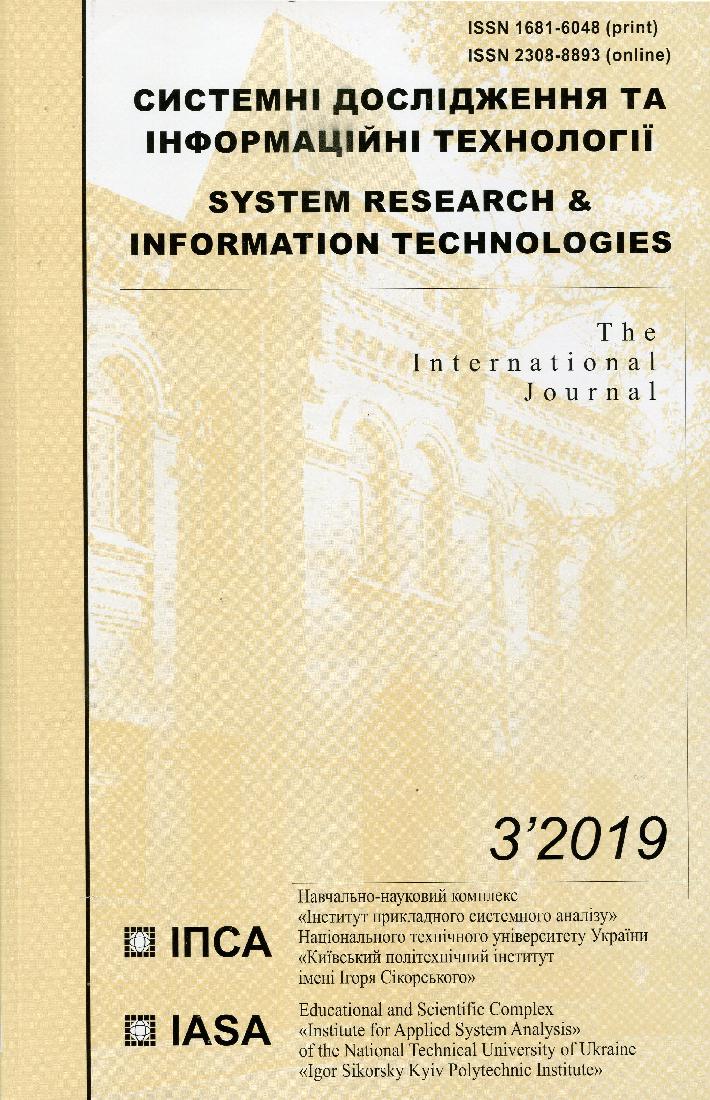Calculating energy density and spin momentum density of Moon’s gravitational waves in rectilinear coordinates
DOI:
https://doi.org/10.20535/SRIT.2308-8893.2019.3.01Keywords:
Moon, Earth, global temperature, gravitational field, gravitational waves, rectilinear coordinates, energy density, spin momentum densityAbstract
In this research the energy density was calculated and the spin momentum density of Moon’s gravitational waves in the rectilinear coordinates’ system of Moon’s gravity and Earth’s global temperature. At first, we assumed an action principle that combines the gravitational field and gravitational waves, which formulate a closed system, together with Earth’s global temperature. And, then, we calculated the energy densities of those energy field and waves, which are calculated as their variances in the rectilinear coordinates, also to calculate their coefficients and standard errors of the calculated coefficients. The calculated results are consistent with the findings of our previous research [1], which shows the negative contribution of gravitational waves to Earth’s global temperature, while the gravitational field positively contributes to the global temperature. We also calculated spin momentum of Moon’s gravitational waves in the system of rectilinear coordinates.References
Matsuki Y., Empirical Investigation on Influence of Moon’s Gravitational-Field to Earth’s global temperature / Y. Matsuki, P.I. Bidyuk // System Research & Information Technology, 1/2019, 2019. — N 2. — P. 107–118.
Dirac P.A.M. Lectures on Quantum Mechanics. — New York: Belfer Graduate School of Science, Yeshiva University, 1964. — 87 p.
Dirac P.A.M., General Theory of Relativity. Florida State University. — New York: John Wiley & Sons, 1975. — 69 p.
UK Department of Energy and Climate Change (DECC). — Available at: http://en.openei.org/datasets/dataset/b52057cc-5d38-4630-8395-b5948509f764/ resource/f42998a9-071e-4f96-be52-7d2a3e5ecef3/download/england.surface. temp1772.2009.xls
Moon Distance Calculator – How Close is Moon to Earth? Available at: https://www.timeanddate.com/astronomy/moon/distance.html?year=1987&n=367
Dirac P.A.M. The Principle of Quantum Mechanics / PAM DITAC. — Oxford: Clarendon Press, 1958. — 312 p.

